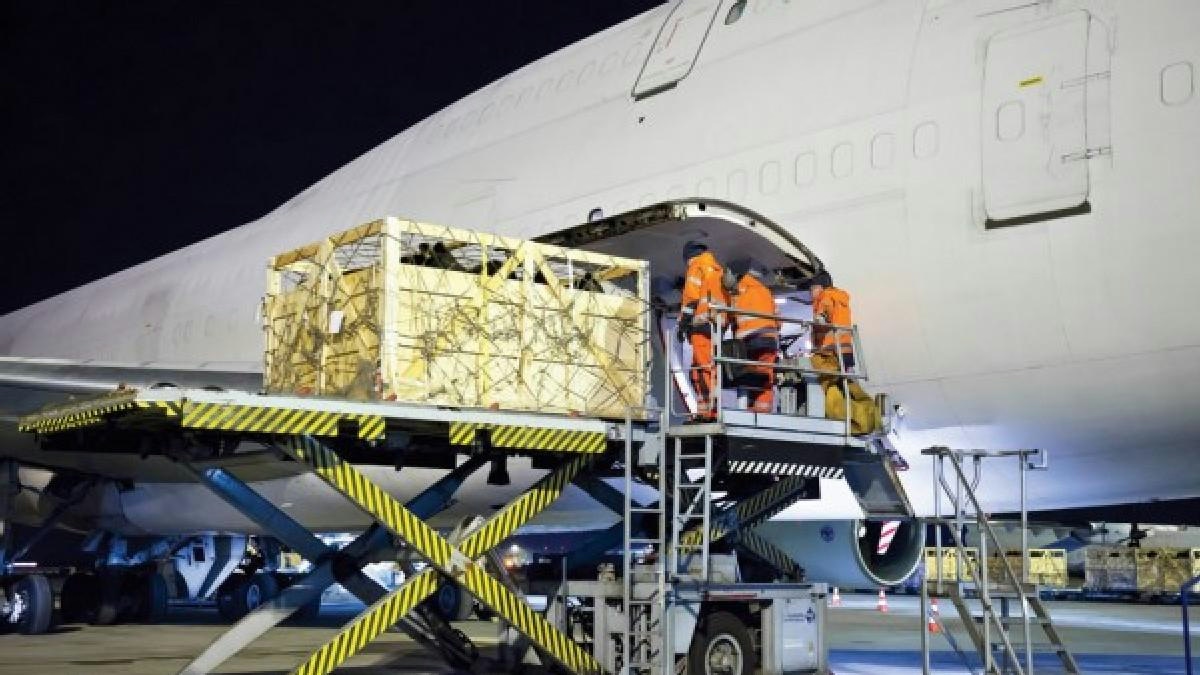
Correo más inteligente, negocios más rápidos. Etiqueta, analiza y responde automáticamente a solicitudes, cotizaciones, pedidos y más — al instante.
Tendencias
Taiwan’s Starlux Considers Additional Large Airbus Jets at Paris Air Show
Categories
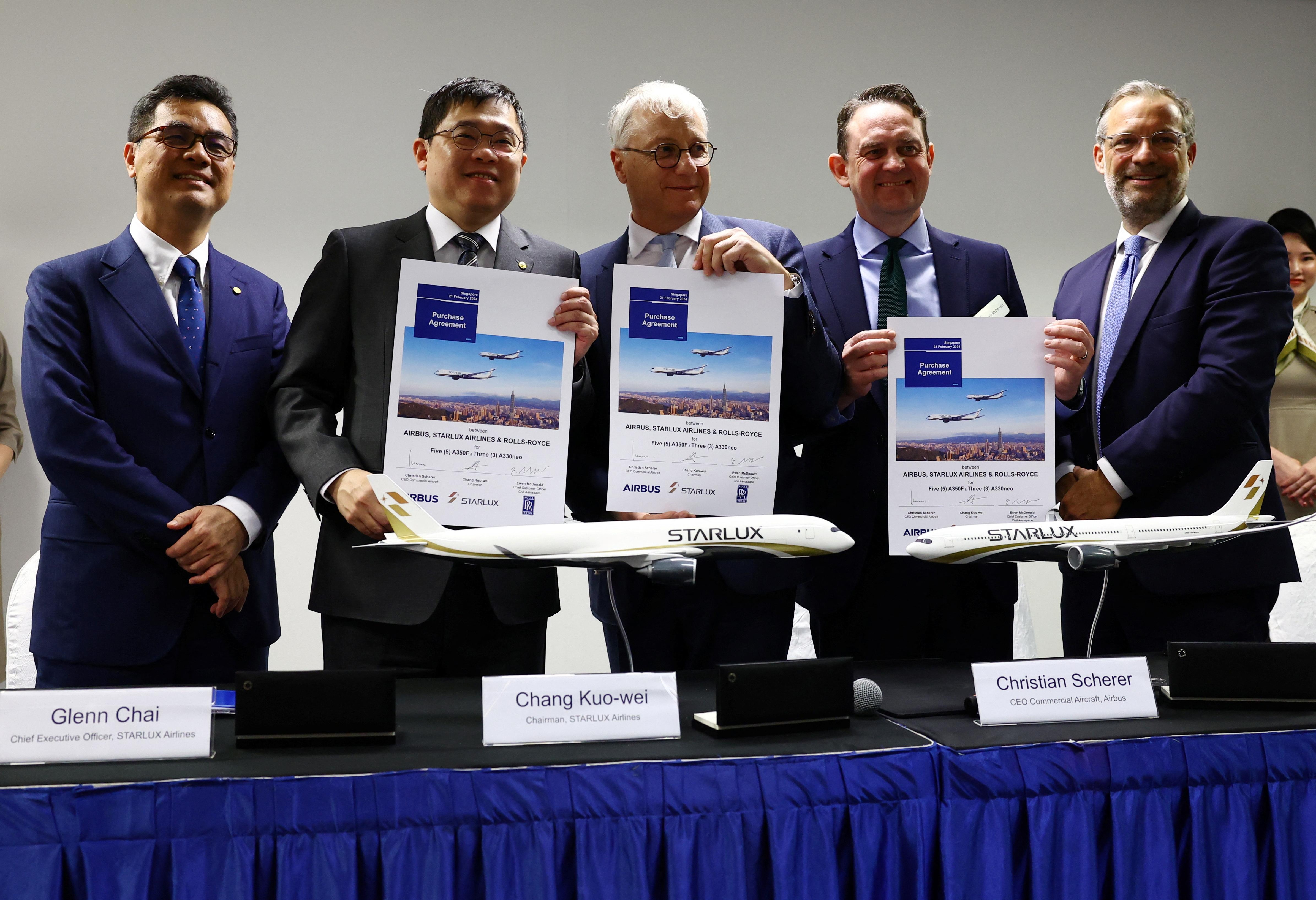
Taiwan’s Starlux Considers Expanding Airbus Widebody Fleet at Paris Air Show
Taiwan’s Starlux Airlines is reportedly nearing an agreement to acquire nearly a dozen additional widebody jets from Airbus SE, in a transaction valued at around US$4 billion (RM16.97 billion). The potential order, which may be announced during the ongoing Paris Air Show, is expected to focus on the Airbus A350-1000 model as the carrier seeks to accelerate its expansion into long-haul international routes. Starlux has declined to comment on the prospective deal.
Strategic Fleet Expansion Amid Growing International Ambitions
Currently operating an all-Airbus fleet of 28 aircraft, Starlux is aiming to bolster its international network with a particular emphasis on flights to Europe and the US East Coast. The airline already has eight A350-1000s on order and is considering increasing this number to support its growth plans. Starlux’s existing destinations include major cities such as Los Angeles, Tokyo, Singapore, and Bangkok. Founded during the Covid-19 pandemic, the airline has also placed orders for 30 additional Airbus jets and last year doubled its commitment to the A350 freighter variant, becoming the largest customer for Airbus’s new cargo aircraft.
Chief Executive Officer Glenn Chai has indicated that the airline is continuously evaluating its fleet requirements, engaging in discussions with both Airbus and Boeing. While Starlux initially targeted a capacity increase of up to 50% this year, growth projections have been revised to approximately 20-30%. In 2024, the airline has taken delivery of two A350-900s and expects to receive three more aircraft—comprising one A350-1000 and two A330neos—fewer than originally planned. The airline anticipates receiving a total of 12 Airbus jets in 2026.
Regional Trends and Industry Challenges
Starlux’s potential order aligns with a broader regional trend, as Taiwanese rivals China Airlines and EVA Air have also placed recent orders for Airbus’s largest twin-aisle widebody jets. The Paris Air Show has emerged as a critical venue for major Asian carriers, including several Chinese airlines, which are reportedly considering substantial Airbus purchases. However, Airbus CEO Guillaume Faury has highlighted increasing difficulties in meeting production targets, raising concerns about the manufacturer’s capacity to fulfill large new orders promptly.
These production constraints may alter the competitive landscape, potentially creating opportunities for Boeing if Asian carriers seek alternatives amid supply challenges. The ongoing rivalry between Airbus and Boeing is expected to significantly influence market dynamics as both manufacturers compete for dominance in the global aviation sector amid evolving demand and supply chain pressures.
As Starlux contemplates its next phase of fleet expansion, its decisions at the Paris Air Show will be closely observed as a barometer of broader trends within the Asia-Pacific aviation market and the intensifying competition between the world’s leading aircraft manufacturers.

GE Aerospace Reports Strong Q2 Growth, Provides Updates on Key Engine Programs
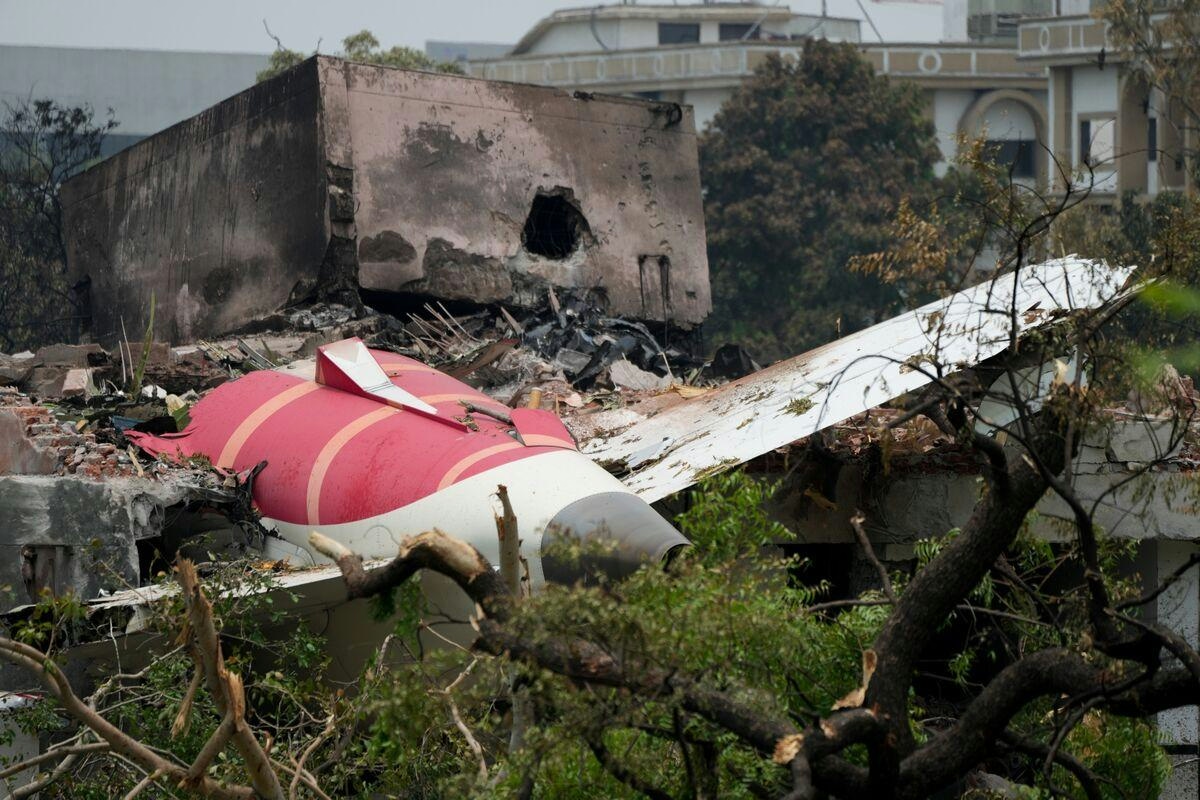
AAIB Criticizes Media for Speculation on AI-171 Crash
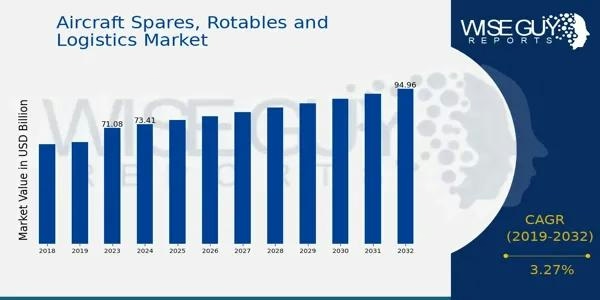
Aircraft Spares, Rotables, and Logistics Market: Steady Growth Amid Rising Global Aviation Needs
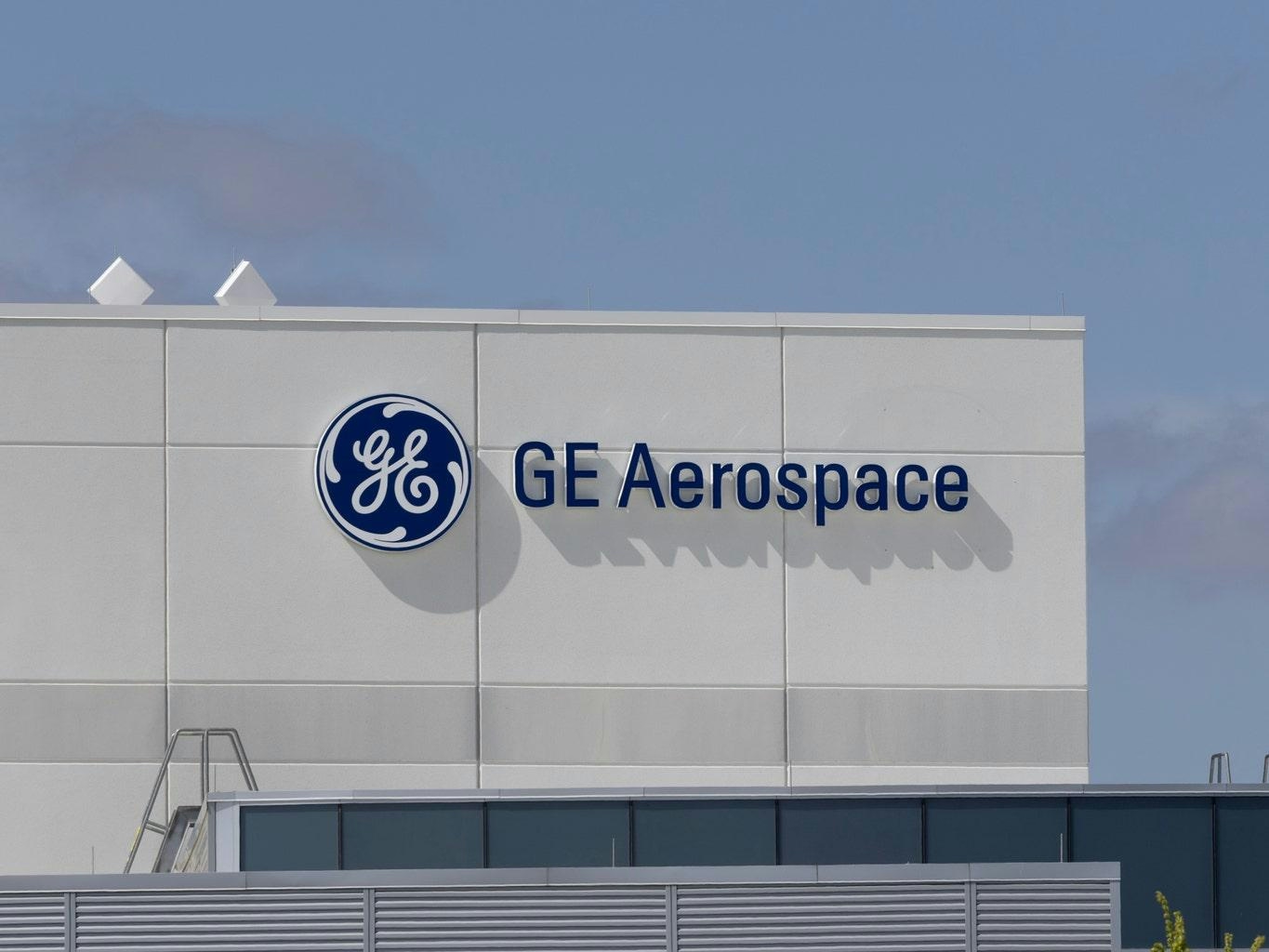
GE Aerospace Raises Earnings Outlook Amid Strategic Advances
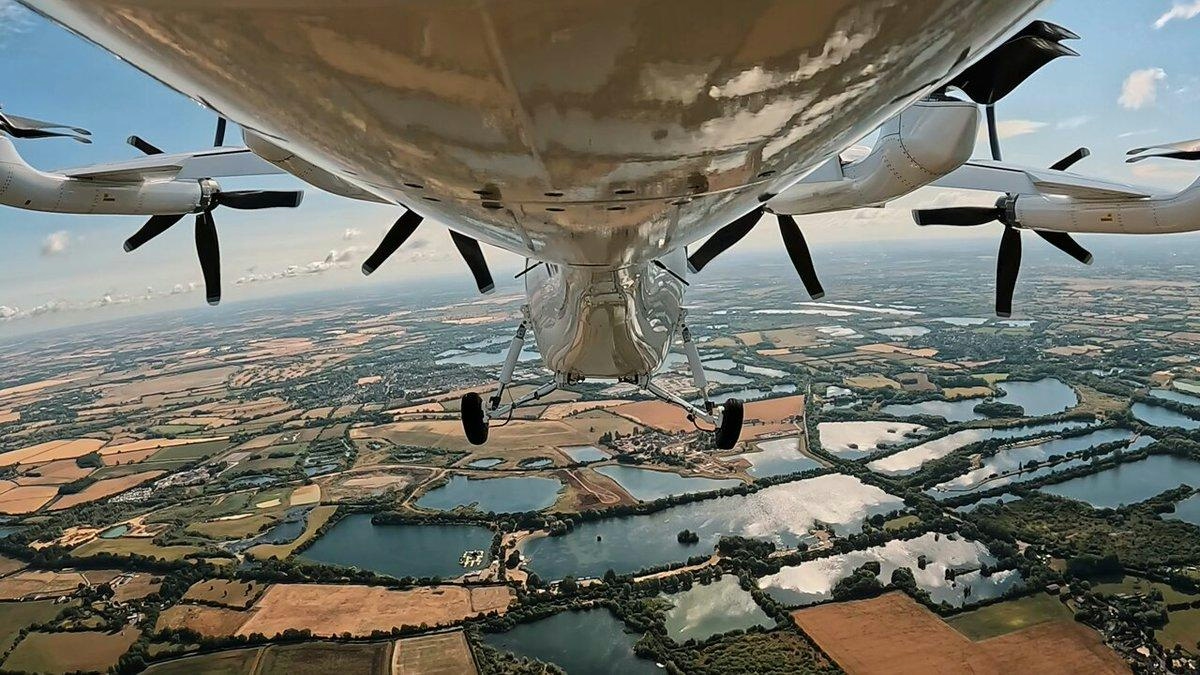
Vertical Aerospace VX4 Completes Historic Flight from Cotswold Airport to RAF Fairford
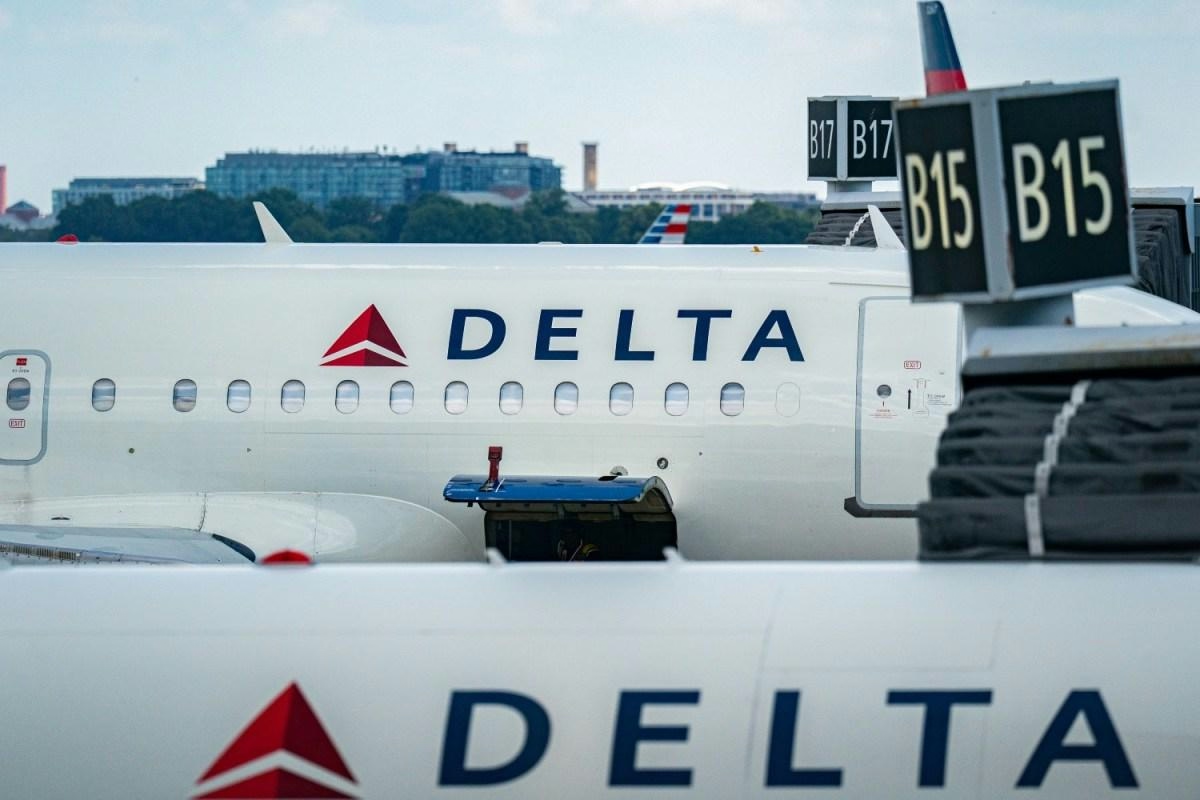
Delta Aims for AI-Driven Dynamic Pricing on 20% of Flights by 2025
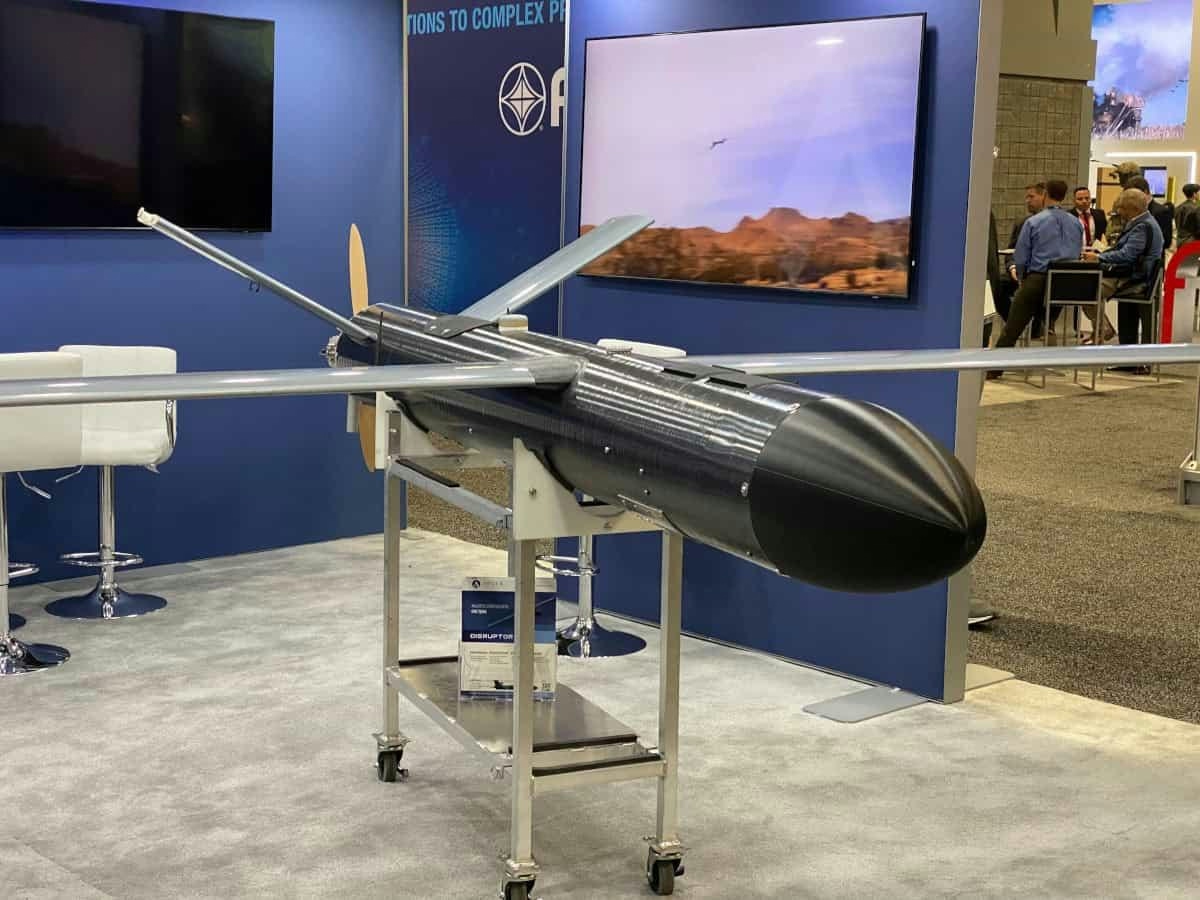
Advancements in Autonomous Drone Avionics Underway in Phoenix
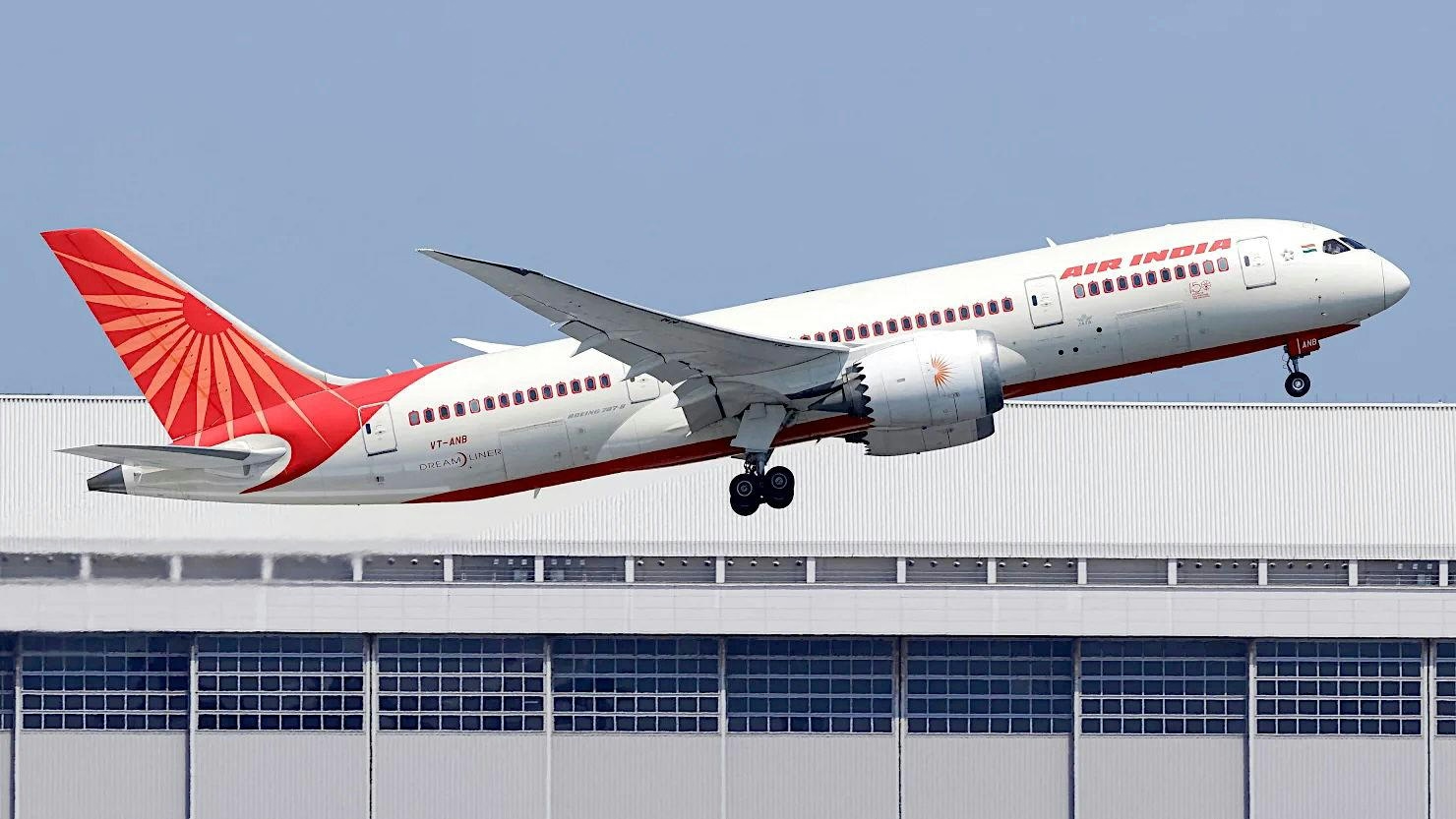
Aviation Expert: Boeing Dreamliner Software Reduced Fuel Use Twice Without Pilot Input
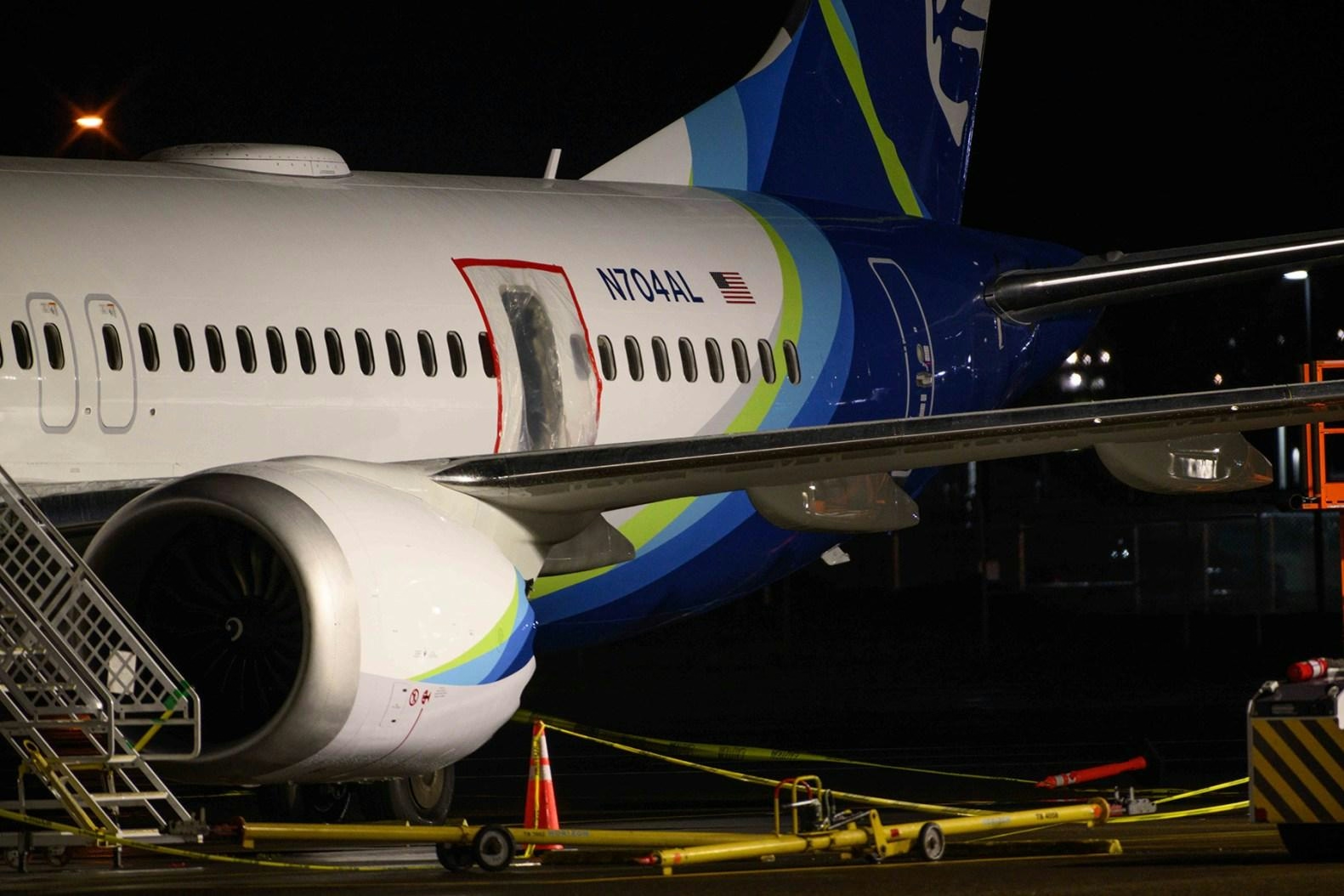
23 Years On, the 737-800 Remains the Core Narrowbody for a Major $20 Billion Airline
